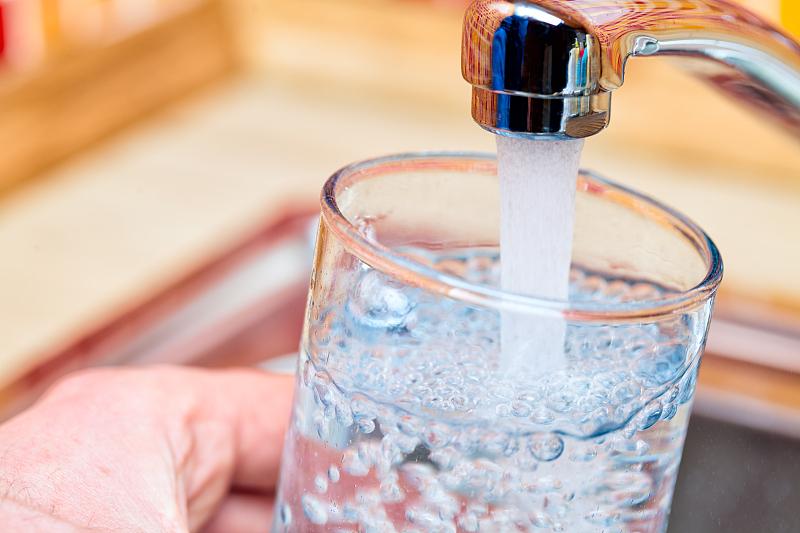
Polyacrylamide (PAM) is a synthetic polymer that has been used in various industrial and agricultural applications for over 50 years. It is used as a thickener, emulsifier, and flocculant, among other things. With the increasing use of PAM in different industries, there have been concerns raised about its potential toxicity and the effects it may have on the environment and human health. In this article, we'll examine the safety of polyacrylamide and answer the question: "Is polyacrylamide toxic?"
Polyacrylamide is considered a low-toxicity substance and is generally considered safe for use in various applications. According to the Environmental Protection Agency (EPA), PAM is not considered a hazardous substance and does not pose a significant risk to human health or the environment.
However, like any chemical substance, PAM can be hazardous if not handled properly. If PAM is ingested or inhaled, it can cause serious health effects, including respiratory problems, headache, dizziness, nausea, and vomiting. Additionally, if PAM is not properly disposed of, it can cause environmental problems, such as contamination of soil and water.

The most common way people can be exposed to polyacrylamide is through contact with treated drinking water. PAM is used in water treatment to improve the clarity and quality of drinking water, but it is important to note that the levels of PAM in drinking water are well below the levels considered hazardous.Polyacrylamide and its water disintegration are non-toxic. People usually worry about its toxicity from the residual acrylamide monomer and the toxic heavy metals carried in the production process. Acrylamide is a neurotoxic agent, which has a damaging effect on the nervous system. After poisoning, it shows symptoms such as muscle weakness and dyskinesia.
However, it is now required to strictly control the content of residual acrylamide monomer. The content of residual acrylamide monomer in the industrial products of polyacrylamide is clearly specified. The requirement for cation is less than 0.1%, the requirement for anions in the drinking water industry is less than 0.02%, and the requirement for anions in the industrial water treatment industry is less than 0.05%. There are many companies that can supply goods in the market, but it is difficult to identify which company has more advantages, which product has more advantages, and which product safety is guaranteed.
Another way people can be exposed to polyacrylamide is through contact with treated wastewater. PAM is used in wastewater treatment to remove impurities and improve the quality of wastewater, but it is important to note that the levels of PAM in wastewater are also well below the levels considered hazardous.
In conclusion, polyacrylamide is considered a low-toxicity substance and is generally considered safe for use in various applications. However, it is important to handle PAM properly to avoid any potential health and environmental problems.
In summary, the answer to the question "Is polyacrylamide toxic?" is that PAM is not considered a hazardous substance, but it is important to handle it properly to avoid any potential health and environmental problems.